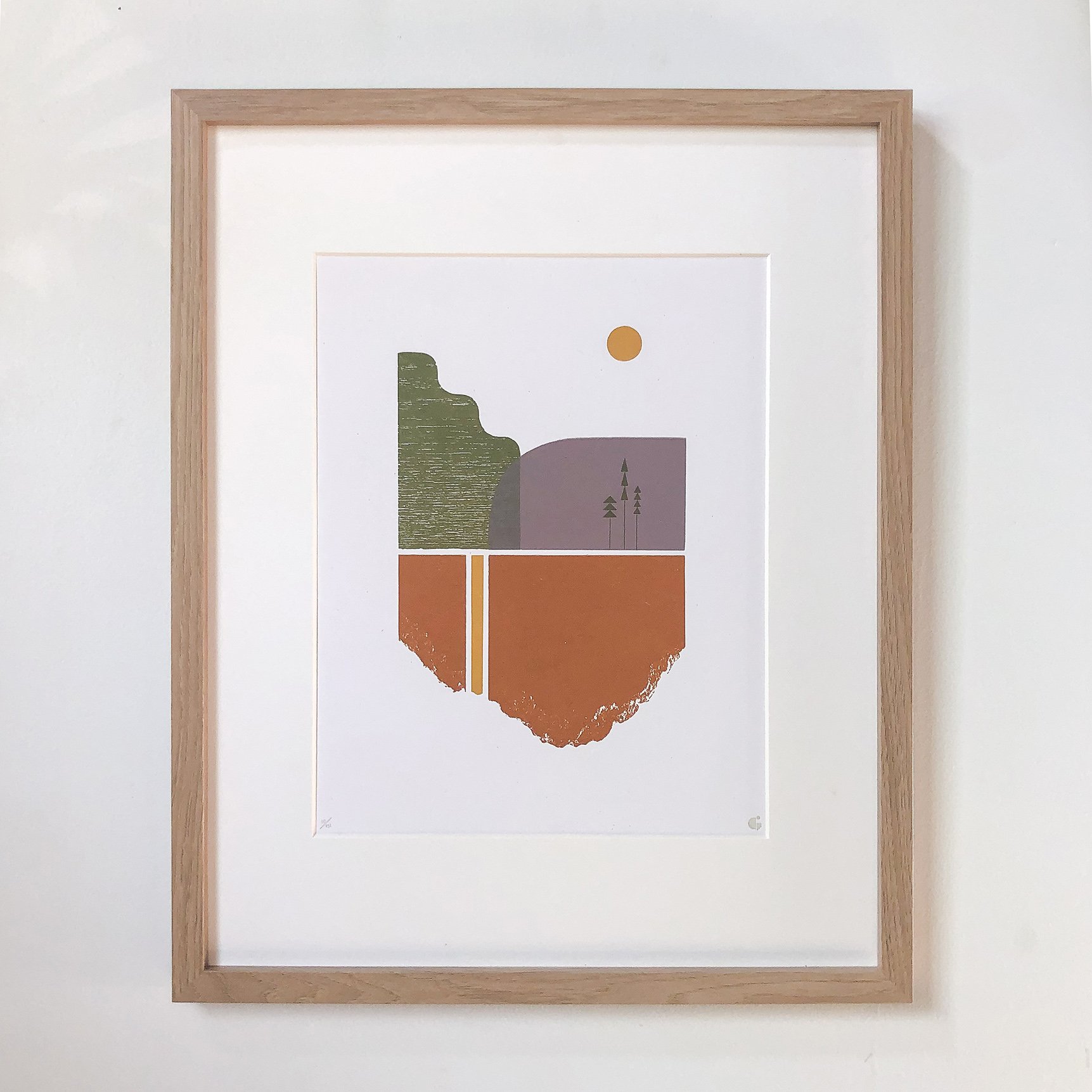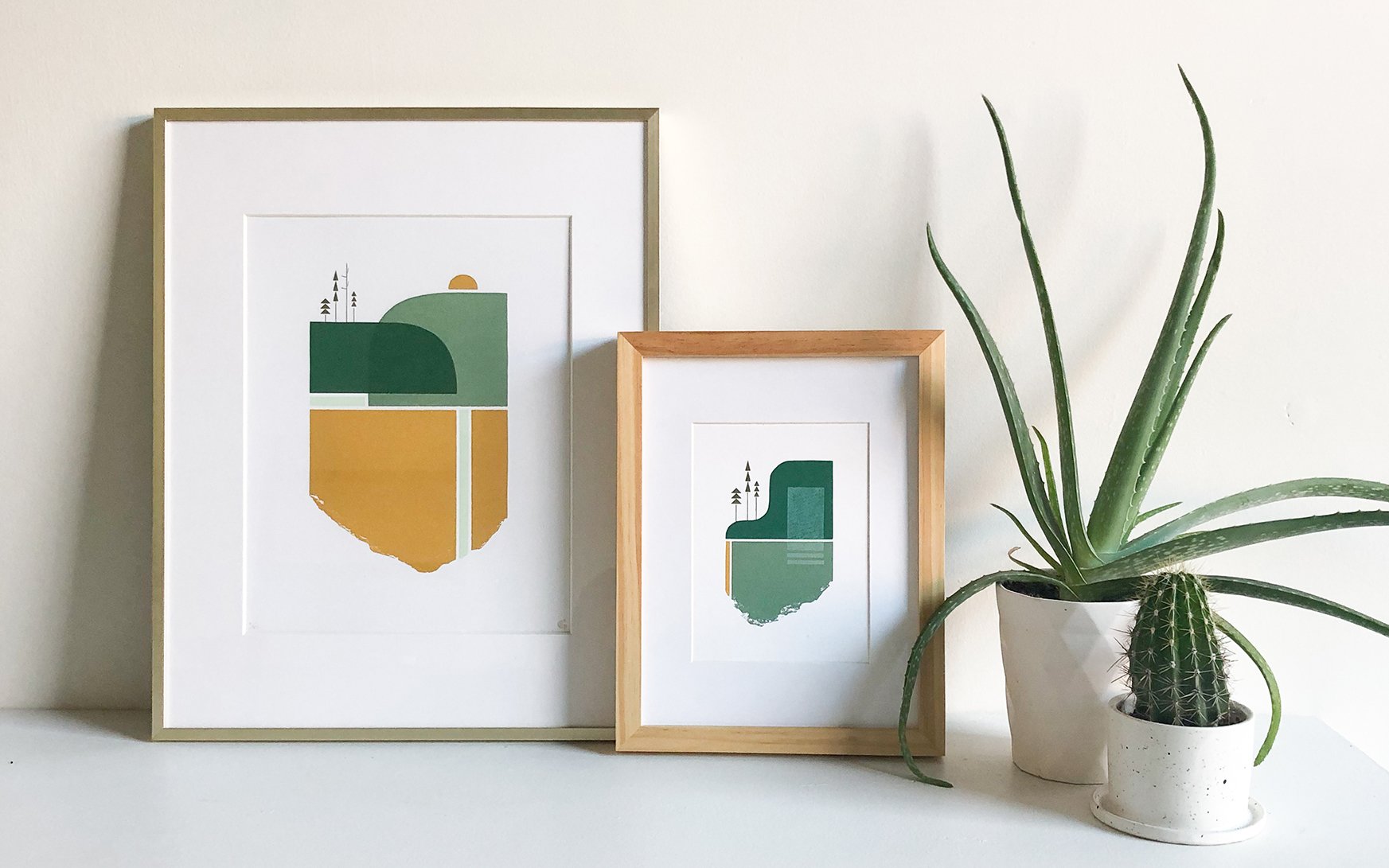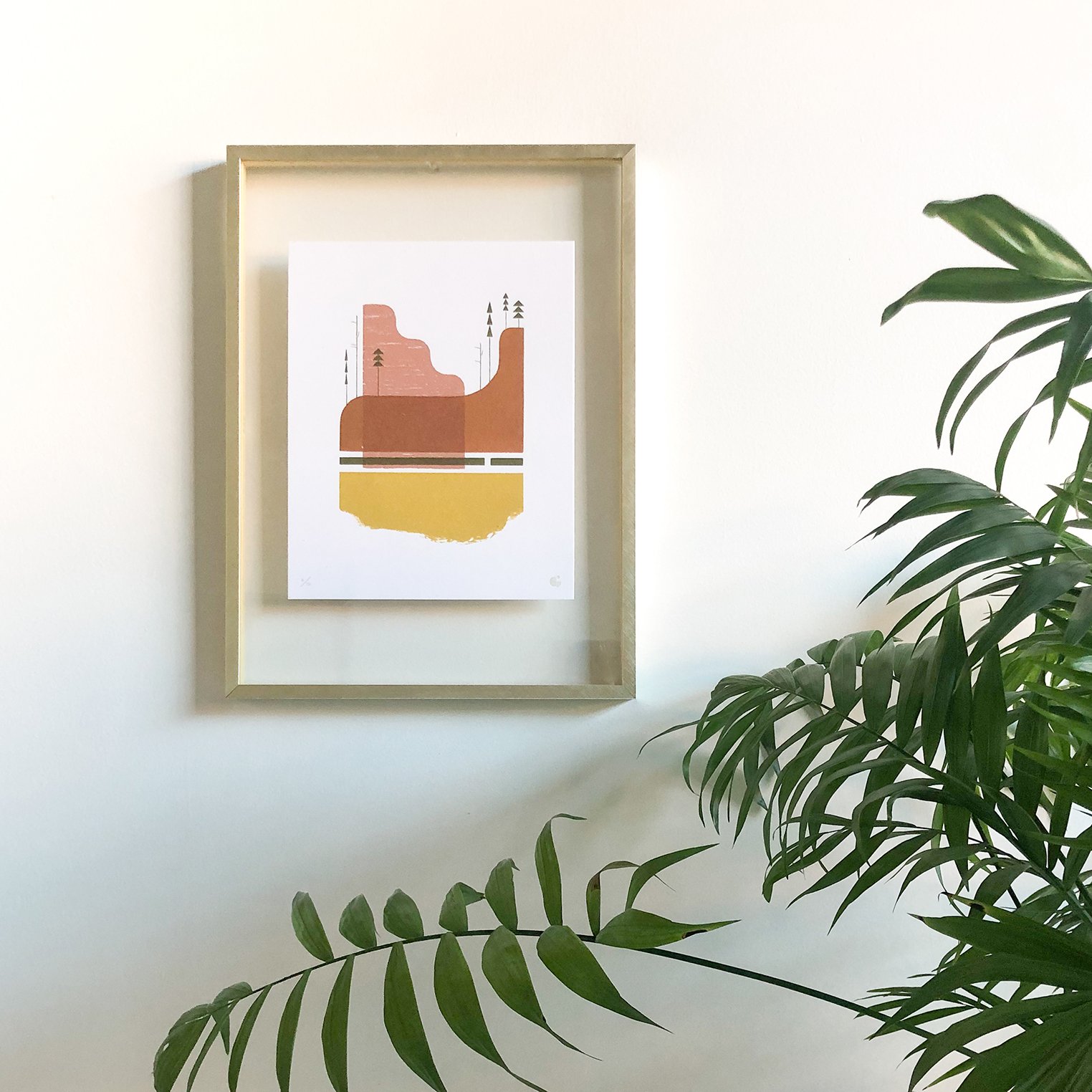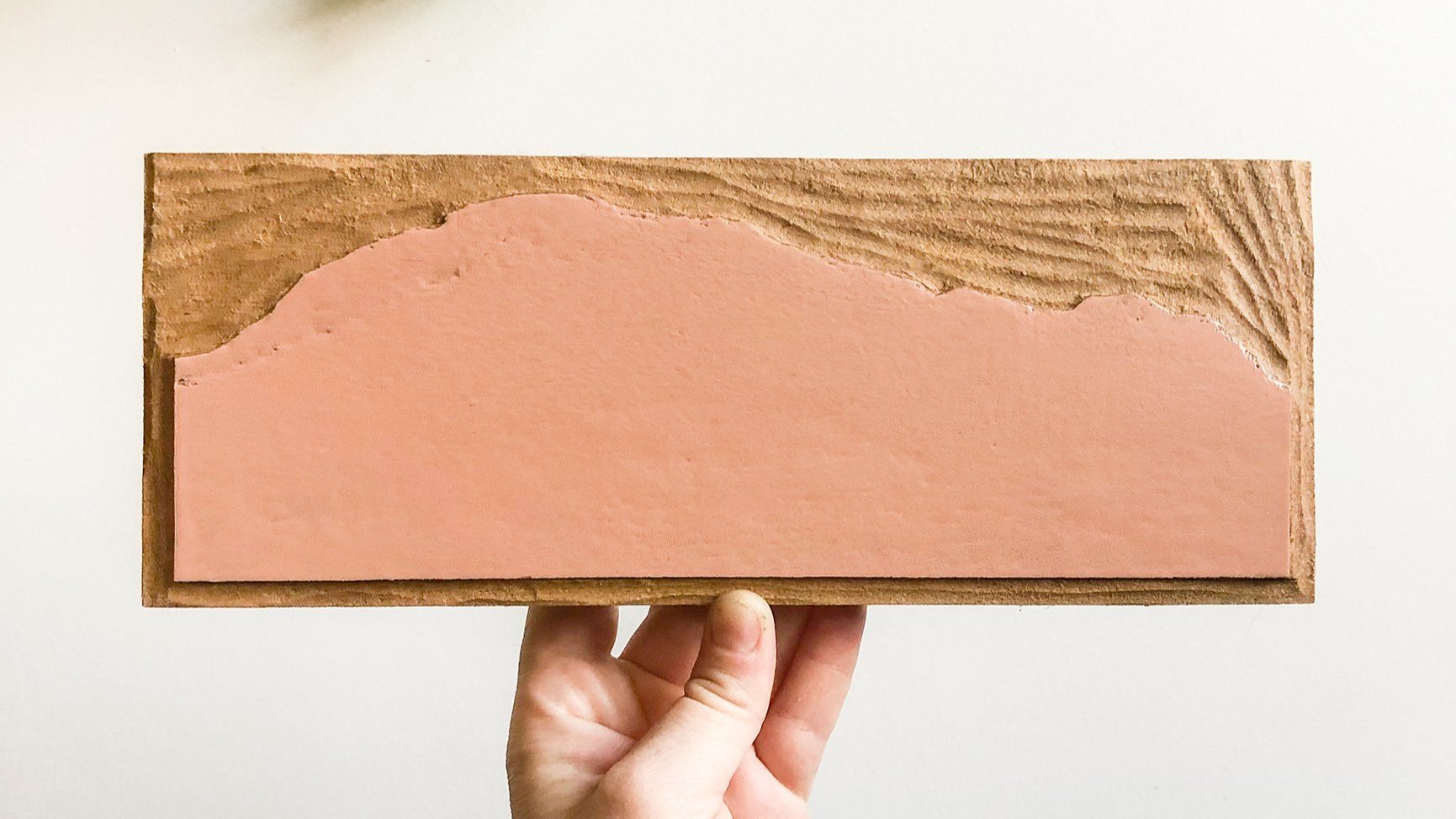Making The Torn Earth Collection
This collection is ultimately all about hope in the collective power of everyday individuals to make impactful change with a simple mindset shift. It is a shift of our idea of nature, realizing it is not just over there, somewhere in a protected park, isolated like an island oasis, but also all around us all the time, in our own yards, along our neighborhood sidewalks and lining our roadways.
We humans have done a really good job at separating our living areas from our natural surroundings, designating separate nature zones—parks—to visit for pleasure only when desired. Don’t get me wrong, I enjoy parks too, but the problem is, this separation isn’t how nature works. Humans aren’t separate from nature, we are just another part of it and need to start acting like it again for a healthy planet.
These Torn Earth islands represent the Earth’s remaining natural ecosystems, separated by a sea of our human expansion. These islands of healthy biodiverse ecosystems continue to shrink rapidly as we humans widen our roads, build new apartment complexes, develop new suburban sprawl and mow our precious manicured lawns. However, while these Torn Earth islands represent the planet’s shrinking biodiverse ecosystems, they also represent the possibility of new islands that can grow with the collective power of our individual actions.
Each of us humans inhabits a space for a potential biodiverse island to grow, whether it be on acres of property or on a tiny windowsill of an apartment. We have the individual power to make that space, no matter how large or small, a safe haven for the native species around us. When we transform our outdoor spaces by planting native plants and/or trees, our outdoor green space, be it a native potted plant out an apartment window or an entire backyard garden, acts as a stepping stone for the bugs, birds and other critters, allowing them to move from one biodiverse ecosystem to another, helping to connect these isolated islands of nature again.
With this concept in mind, the Torn Earth Collection encourages the viewer to make another mindset shift, a shift away from the idea that individuals can’t make lasting change in our communal climate crisis, and a shift toward believing in the power of grassroots change. We don’t need to wait on our government leaders to designate new protected biodiverse islands. We have the power to make our own islands in the spaces where we dwell, and we can grow those small islands into larger ones when we involve our neighbors & local communities. Eventually, if we all participate in building a little stepping stone, the big isolated islands, known as parks, will no longer be so isolated, but instead will have bridges from all sides, and the ocean of human expansion will no longer feel so vast, but feel more like a mountain stream tucked in the wilderness, living in harmony with nature as it was meant to be.
Please consider joining me in this ecosystem rebuilding effort by checking out the awesome resources below! Click links for more information.
Nature's Best Hope: A New Approach to Conservation That Starts in Your Yard Book by Douglas W. Tallamy
Yard Reform Podcast
Native Species Finder from the National Wildlife Federation
Mail-Order Native Plants (mostly for the Eastern US) from Toadshade Wildflower Farm
Tree Pittsburgh’s Tree Tenders Course, Identification Walks and free native tree adoptions for Pittsburgh locals (I’ll be taking the Tree Tenders course this December and can’t wait!)
Torn Block-Making Process
When driving down a Pennsylvania highway this summer, I came across a construction zone where bulldozers were working to widen the highway. At my slowed speed I looked around at the bordering woodlands and saw a small isolated crop of trees on a shrinking hill that had been carved out all around them, leaving a ragged edge of earth, with tree roots torn by the massive yellow machines. It looked like the poster child of deforestation and I couldn’t get the image of that torn island of doomed trees out of my memory.
Soon after, I began tearing paper in my collage practice, recreating that ragged edge of torn soil & roots I can’t get out of my head. I enjoy how the torn paper makes for a rough organic edge to juxtapose my geometric shapes. Enjoying the results, I decided to experiment with making printing blocks out of torn paper to print a similar effect of the torn edge, and my experiments worked!
To make the torn paper printing blocks at first, I tore chipboard to my desired shape, glued it on 3/4" MDF board, then did multiple rounds of spray polyurethane & light sanding, carved the MDF board down around the paper edge so it wouldn't print, then raised the block to type high (.918", printing height) with some paper underneath. Some of these blocks printed well, but then a couple blocks peeled up from the tackiness of the ink while on press. See the failed block below on the right.
So in the end, the best method that I found to work well, was to replace the first 3 layers of spray polyurethane with spray shellac, and then finish the last 2-3 layers with the polyurethane, as the shellac seals the block better but is a bit tacky to the touch. I also changed to carving down the MDF board around the torn paper shape before spray protecting the block instead of after, to be sure the edges of the paper block were sealed well. These two shifts made all the difference in the last couple torn paper blocks I printed! I’m excited to have honed this technique so I can use it in printed pieces in the future!









